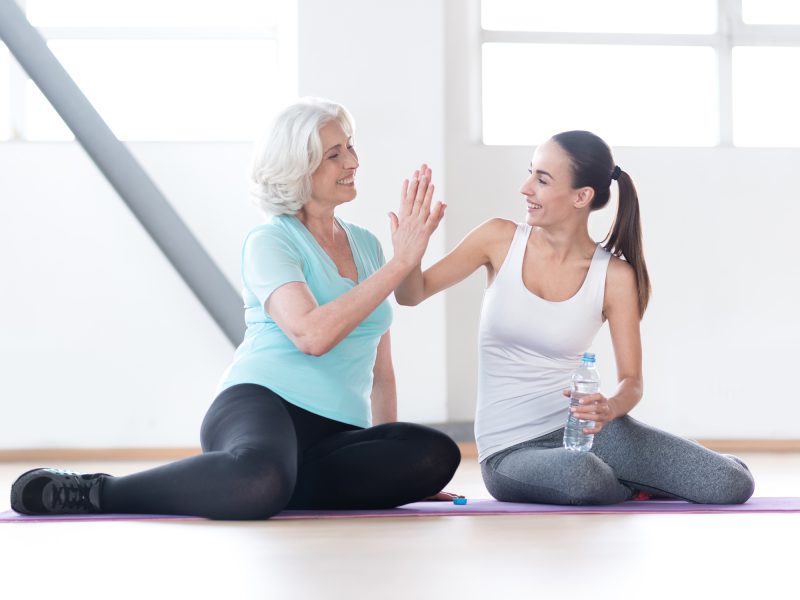With all the bad news in world this week, there was one major event that made almost everyone happy—the royal wedding in England. Prince Harry married Megan Markle, an  American actress. Even though Harry is 6th in line for the throne and very unlikely ever to become king, the wedding was treated as a major milestone in British history. The fact that Ms. Markle is a divorced biracial woman and an American makes her different from most people who have married royals, but the habit of marrying foreigners has a long history.
American actress. Even though Harry is 6th in line for the throne and very unlikely ever to become king, the wedding was treated as a major milestone in British history. The fact that Ms. Markle is a divorced biracial woman and an American makes her different from most people who have married royals, but the habit of marrying foreigners has a long history.
European royals have married across borders for centuries. Cultures have mingled, religions have been changed to suit the new country, and new customs spread across the continent. Queen Victoria’s consort, Prince Albert, is even credited with introducing the Christmas tree to England–an important innovation if there ever was one–although some historians dispute his role in that.
The Georgian kings, who reigned during the 18th century, all married German princesses and brought many European ideas and customs to England. They also seem to have brought a lot of good sense too. Queen Caroline of Ansbach has been called the most intelligent consort in British history and was known in her own time as a strong political force. In fact a ballad written at the time warns her husband, George II, that she outshone him.
You may strut, dapper George, but ’twill all be in vain,
We all know ’tis Queen Caroline, not you, that reign –
You govern no more than Don Philip of Spain.
Then if you would have us fall down and adore you,
Lock up your fat spouse, as your dad did before you.
Despite this kind of satire, Caroline was a good influence on the king and on the country. When she died, she was widely mourned by citizens who admired her strength and intelligence. At a time when monarchs had far more political influence than they do now, she was able to help shape modern England.
The importance of the royal family has dwindled since the days of the Georges, of course. The brides of all members of the royal family now seem to function mostly as fashion plates and supporters of good causes. But they still have an important role in bringing some new ideas and backgrounds to the royal household.
Megan Markle’s mixed heritage echoes much of what is going on in Britain today. The recent scandal over people from the Caribbean who were invited to move to Britain after World War II to relieve the labor shortage shows that race is still an issue. Ms. Markle’s heritage and the attention that was paid during the wedding ceremony to the African culture that is a part of the United Kingdom may help to move the country toward a greater acceptance of its broadly based cultural heritage.
Moving the country into a greater acceptance of its diversity may be the most important result of this highly-publicized wedding. That would demonstrate that even after all these years the monarchy can still be an important uniting force for the British people. It would be nice, of course, if the wedding also leads to a long and happy marriage for Harry and his bride.
 Court Justice who popularized the idea of fitness for all ages. It has been a long, slow journey to the acceptance of the idea that women should keep themselves strong and able to meet the challenges of their lives. And many of the ideas that brought this change were introduced by those rigid Victorians, both men and women, who had seen the indignities of living with corsets, tight shoes, and bodies smothered by long, heavy skirts. But it was not an easy fight.
Court Justice who popularized the idea of fitness for all ages. It has been a long, slow journey to the acceptance of the idea that women should keep themselves strong and able to meet the challenges of their lives. And many of the ideas that brought this change were introduced by those rigid Victorians, both men and women, who had seen the indignities of living with corsets, tight shoes, and bodies smothered by long, heavy skirts. But it was not an easy fight. from the necessity of restricting their activities. With their new freedom they could walk along the filthy streets of big cities or the mud and dust of country roads without carrying along bugs and trash clinging to their skirts. They could even ride the new-fangled bicycles and move faster and more easily than they ever had before.
from the necessity of restricting their activities. With their new freedom they could walk along the filthy streets of big cities or the mud and dust of country roads without carrying along bugs and trash clinging to their skirts. They could even ride the new-fangled bicycles and move faster and more easily than they ever had before.